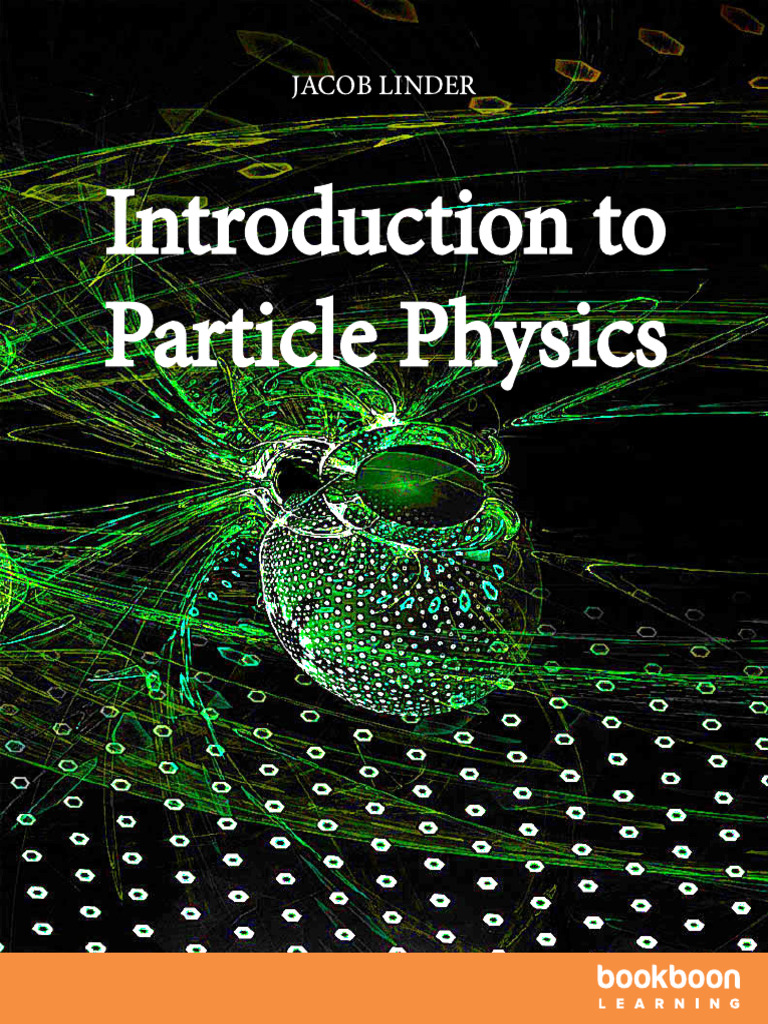Particle physics remains a captivating domain of inquiry, relentlessly seeking to unravel the fundamental constituents of matter and the interactions that govern their behavior. As researchers delve deeper into the fabric of the universe, several prominent research directions emerge, each underscored by a commitment to elucidating not only the known but also the unknown. This essay delineates the current paradigms in particle physics research, highlighting their significance and the underlying intrigue that captivates scientists worldwide.
One of the foremost research directions is the exploration of the Higgs boson. Discovered in 2012, the Higgs boson is pivotal to the Standard Model of particle physics, conferring mass upon elementary particles through the Higgs field. Despite its monumental discovery, researchers remain engrossed in probing the boson’s properties further. Questions linger regarding its mass stability and interactions with other particles. For instance, the possibility of additional Higgs bosons or even phenomena beyond the Standard Model beckons physicists. Investigating these aspects not only aims to deepen the understanding of mass but also hints at potential new physics that could challenge or extend traditional paradigms.
Another critical avenue of exploration is the study of dark matter. It is estimated that approximately 27% of the universe’s mass-energy content comprises dark matter, which interacts gravitationally yet eludes direct detection through standard electromagnetic means. Researchers have posited various candidates for dark matter, including Weakly Interacting Massive Particles (WIMPs) and axions. Current endeavors encompass both direct search experiments, which aim to ascertain the existence of these elusive particles, and indirect detection strategies that scrutinize cosmic rays and other astrophysical phenomena for signs of dark matter annihilation. The enigma of dark matter not only fosters profound scientific curiosity but also prompts deliberations on the very foundations of cosmology and the nature of the universe.
In parallel, the examination of neutrinos has emerged as a vibrant line of inquiry. Neutrinos are enigmatic particles, celebrated for their infinitesimal mass and their chameleon-like ability to oscillate between different “flavors.” Key experiments, such as those conducted at CERN and various underground laboratories, aim to quantify their masses and study their properties more comprehensively. Insights into neutrino behavior may illuminate potential asymmetries between matter and antimatter, thereby contributing to a more complete understanding of the universe’s architecture. The profound implications of neutrino research extend to cosmology, astrophysics, and the overarching quest for a unified theory of fundamental forces.
Another noteworthy direction is the exploration of quantum chromodynamics (QCD), the theory that describes the strong interaction among quarks and gluons. Despite its success in describing numerous particle interactions, QCD remains notoriously challenging to solve, particularly in the non-perturbative regime, where strong force effects become dominant. Current research endeavors include lattice QCD simulations, which constitute a numerical approach to solving QCD equations on a discrete space-time grid. By refining lattice techniques and enhancing computational capability, scientists aim to simplify the complexities of the strong force, thereby elucidating phenomena such as confinement and mass generation. These studies capture the dual essence of particle physics, intertwining both theoretical rigor and computational innovation.
Moreover, the advancement of high-energy particle colliders, such as the Large Hadron Collider (LHC), continues to be instrumental in testing the limits of established theories and probing for new phenomena. The LHC’s ability to collide protons at unprecedented energies facilitates the exploration of phenomena such as supersymmetry, extra dimensions, and various theories beyond the Standard Model. By sifting through vast amounts of collision data, particle physicists are emboldened to challenge existing models and search for potential anomalies. Indeed, the pursuit of knowledge in these colliders resonates with a sense of adventure; every experiment bears the potential for groundbreaking discoveries that could redefine our grasp of the universe.
Furthermore, the interplay of particle physics with astrophysics cannot be overstated. The consolidation of both disciplines forms the bedrock for investigating cosmic phenomena such as neutron stars, black holes, and the aftermath of the Big Bang. The synergy between particle and astrophysical observations enhances the ability to forge connections between the microcosm of fundamental particles and the macrocosm of cosmic structures. Research initiatives, such as the study of gravitational waves, extend the horizons of particle physics by providing new avenues for understanding high-energy events, thereby linking our understanding of the universe’s origins with the very foundational elements of matter.
In addition to these focal areas, an increasing emphasis on interdisciplinary collaboration is manifesting as a hallmark of contemporary research in particle physics. Collaborative efforts extend not only within the confines of physics but also embrace fields such as computer science, data analytics, and materials science. Novel computing methodologies, including machine learning, are being leveraged to analyze complex datasets produced by particle colliders, enriching the search for new particle interactions and symmetry violations. This trend reflects a broader acknowledgment of the intricate tapestry of knowledge that spans different disciplines and underscores the necessity of collective intellectual endeavors in the pursuit of scientific enlightenment.
In conclusion, the current research directions in particle physics are both multifaceted and profound. They reflect a relentless quest to probe the deepest mysteries of the universe—a journey driven by curiosity and an insatiable desire for knowledge. As physicists continue to uncover new layers of understanding through the study of the Higgs boson, dark matter, neutrinos, and the intricacies of fundamental interactions, the foundation of particle physics not only strives for clarity but also hints at deeper, more intricate realities—an eternal enchantment for those who long to comprehend the cosmos in all its complexity.












